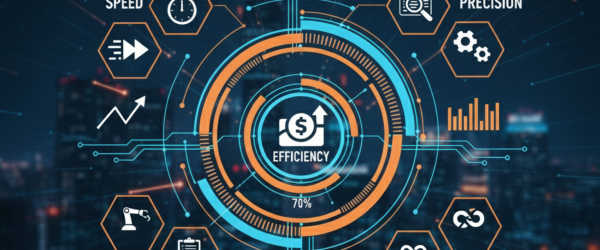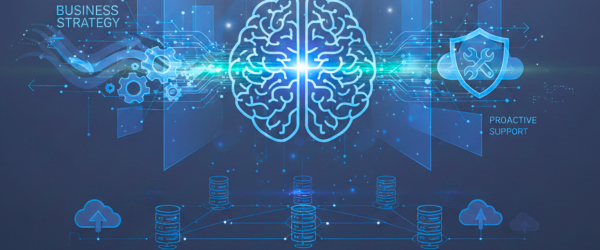In the fast-paced realm of technology, a revolutionary force known as “Edge Computing” has emerged, reshaping the way we process and manage data. Say goodbye to the traditional notion of centralized data processing and embrace the era of distributed computing at the edge! In this blog post, we’ll take a friendly journey into the fascinating world of Edge Computing, understanding its essence, applications, and the impact it’s making on our digital experiences.
What is Edge Computing?
Imagine if your favorite streaming service could deliver seamless video playback without buffering, or if your smart home devices responded instantly to your commands. Edge Computing is the superhero behind these superpowers, bringing computing resources closer to where they’re needed most – at the edge of the network.
Traditionally, data would make a long and arduous journey from the source to a centralized data center for processing. Edge Computing flips this script, allowing data processing to happen right where it’s generated. Picture it as having mini data centers scattered strategically like checkpoints throughout the digital landscape, eliminating the need for data to travel long distances.
The Essence of Edge Computing: Speed and Efficiency
At its core, Edge Computing is all about speed and efficiency. By reducing the distance data needs to travel, it minimizes latency – the annoying delay between requesting something and receiving a response. This is particularly crucial for applications that demand real-time interactions, such as augmented reality, virtual reality, and the Internet of Things (IoT).
Let’s break it down with a simple example: You’re at a concert, capturing the magic on your smartphone. With Edge Computing, the processing of those high-resolution videos and instant sharing can happen right on your device or a nearby edge server. No need to wait for data to traverse the entire network to a distant data center and back. The result? A smoother, quicker, and more delightful user experience.
Applications of Edge Computing
Edge Computing isn’t a one-trick pony; its applications are as diverse as the digital landscape itself. Here are a few areas where it’s making a significant impact:
1. Smart Cities
Imagine traffic lights that dynamically adjust based on real-time traffic conditions or waste management systems that optimize collection routes. Edge Computing enables smart city initiatives by processing data locally, making urban living more efficient.
2. Healthcare
In healthcare, every second counts. Edge Computing facilitates quicker analysis of patient data, supports remote patient monitoring, and enhances the capabilities of medical devices for faster and more accurate diagnoses.
3. IoT Devices
Your smart thermostat, fitness tracker, and home security system all generate data. Edge Computing allows these devices to process data locally, making them more responsive and reducing the strain on central servers.
4. Retail
Edge Computing enhances the retail experience with real-time inventory management, personalized recommendations, and streamlined checkout processes. No more waiting in long lines or dealing with out-of-stock frustrations.
5. Gaming
Gamers rejoice! Edge Computing is changing the game (quite literally) by reducing latency and enabling cloud gaming services that deliver high-quality graphics and responsiveness, even on less powerful devices.
Challenges and Future Outlook
While Edge Computing is unlocking new possibilities, it’s not without its challenges. Security concerns, standardization, and the need for robust infrastructure are areas that the tech community is actively addressing. As technology continues to advance, we can expect even more innovative solutions and broader adoption of Edge Computing.
Looking ahead, Edge Computing is poised to play a pivotal role in the growth of technologies like 5G, artificial intelligence, and the ever-expanding Internet of Things. As more devices become interconnected, the demand for faster, decentralized processing will only intensify, solidifying Edge Computing as a cornerstone of our digital future.
In Conclusion: Embracing the Edge
Edge Computing is not just a buzzword; it’s a transformative force that’s reshaping our digital experiences. It’s the key to unlocking faster, more efficient, and responsive applications across various industries. As we continue our journey into the digital frontier, let’s embrace the power of Edge Computing and revel in the possibilities it brings to our fingertips, making technology a seamless and delightful part of our lives. The edge is not just where data meets processing; it’s where innovation meets the future.
Thank you for reading. For continued insights and in-depth discussions, please follow our blogs at Ezeiatech.







